Skejten Glamour
2010
Alteration of the view at the area "Skejten" in south-Denmark.
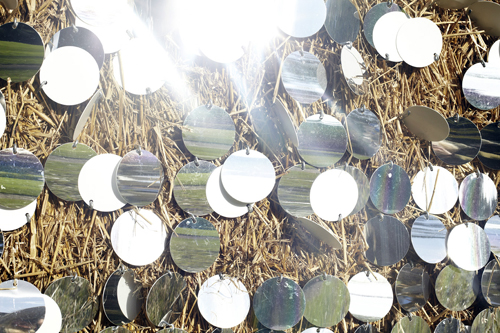
The area at Skejten is known as "the quintessential Danish landscape".
In 1954 the Danish landscape-painter Oluf Rude was asked to produce two paintings to put in the background of the Danish parliament to frame its discussions. The landscape he painted was Skejten, but already before the paintings could be made public, alterations had to be done: The politicians couldn’t agree on the color of the cattle grassing around the oak-trees. Red cattle are mostly known in Jutland (west-Denmark), and black-and-white cattle are typical Zeeland (east-Denmark). A compromise was made: There needed to be cattle of both colors, and Oluf Rude was asked to re-paint.
“Skejten Glamour” consists of an insertion into the real landscape – and thereby by proxy into the motif framing the discussions in the Danishparliament every day. The insertion consisted of a number os huge industrial hay-bales placed in the landscape. The bales weigh each half a ton and are best known from contemporary farming – i.e. a profit-optimized industry using high-tech digital equipment to operating with satellite-steered precision.
The bales were covered with sequins - thousands of glistening small round mirror plates moving in the wind.
Sequins are known from extravagant clothes, historically as well as today. They were used for antique carnival costumes and ball-gown-decorations and are used today in French Haute Couture, on cheap t-shirts as well as by rock stars on-stage. Typical 70s and 80s disco club even covered walls with sequins.
Sequins are originally from the Middle and Far East, where coins were sewn to women’s head-veils and handbags to demonstrate wealth. Today they are for decoration; they are signs of exes, party, lust, dissolution of spaces and bodies, eyes and surfaces that reflect and displace each other, fragments, multiplies and sparkles. They are used for carnival, where playing with identities, hierarchies and orders are central, and origin or identity drowns in ambivalence, ambiguity and uncertainty, and – above all – laughter, frolic and mingling bodies.
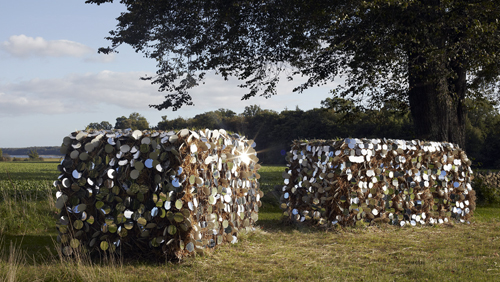

Danish parliament as it would look with altered motifs.
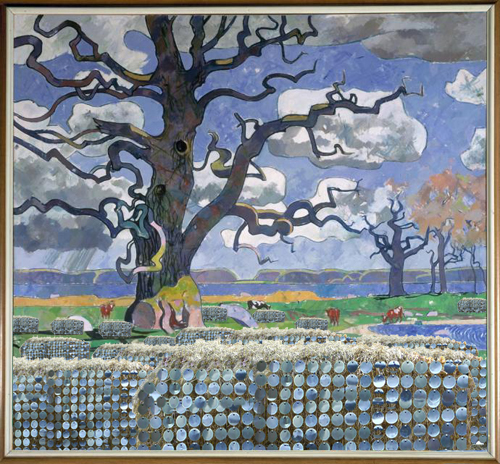
Skejten Landscape - left, by Oluf Rude with altered motif.
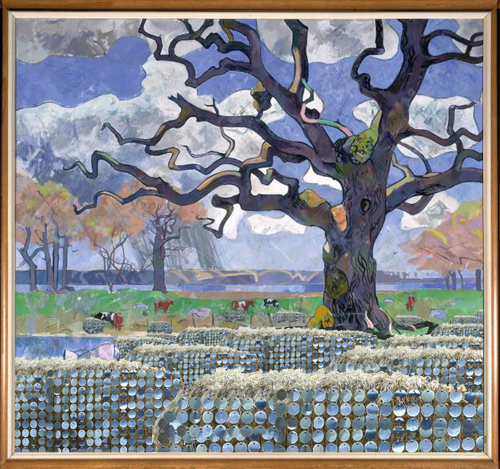
Skejten Landscape - right, by Oluf Rude with altered motif.
Reference-images:
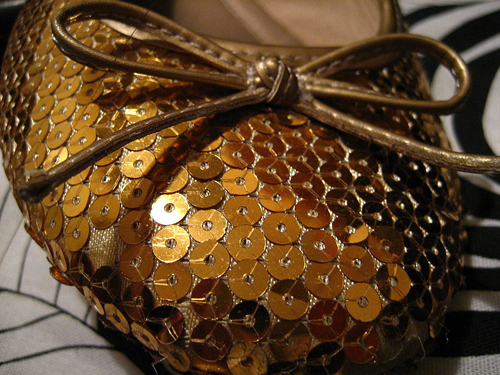
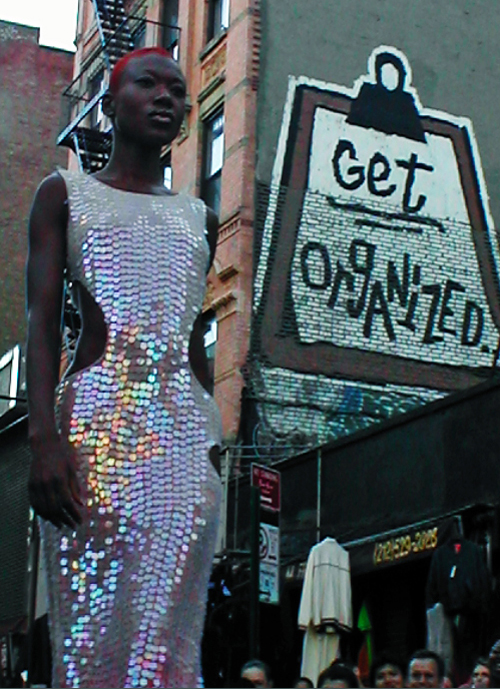
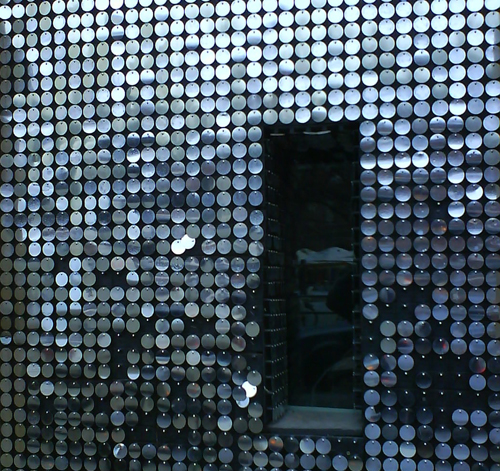
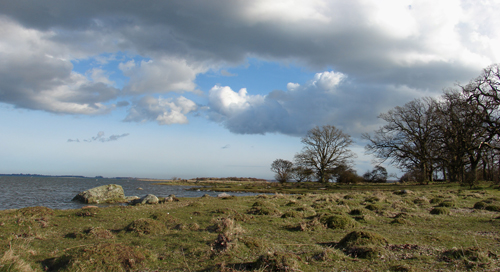
Skejten panorama. Photo: Finn Krone
Skejten Glamour was commissioned by TUMULT, Nykøbing Falster. 2010.
|